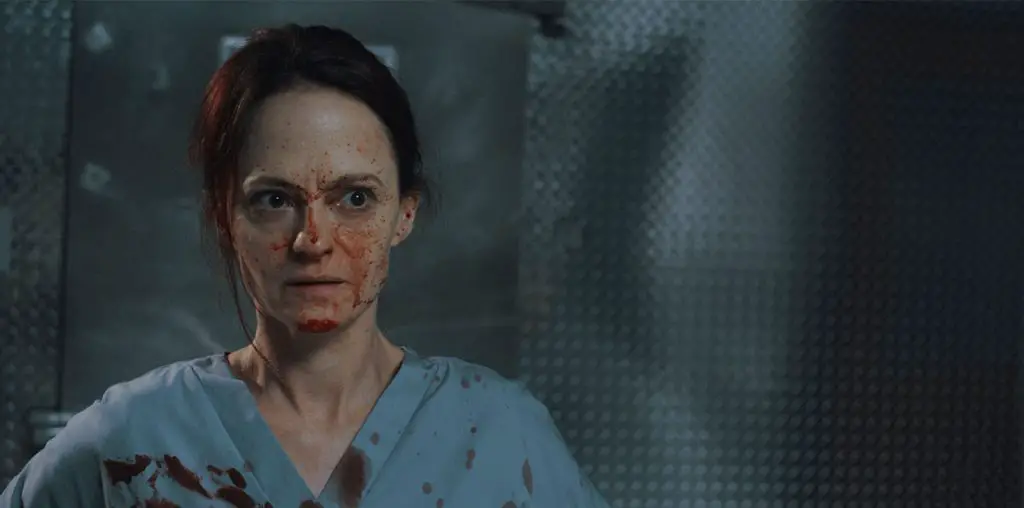
Truth is stranger than fiction–well, normally it is, anyway. A movie about a bunch of drugged-out hippies who rob a rich and well-known Hollywood nightclub owner, only to have him retaliate by having them brutally murdered, is not all that unique of a plot. I mean, it’s not unfamiliar territory for Hollywood, even when it’s based on a true story. That’s what I was thinking as “Wonderland” began to roll.
“Wonderland” is based on the real events that took place at an apartment complex on Wonderland Avenue in the Hollywood Hills in 1981. Four people were found dead– savagely beaten to death. Police described the scene as one of the most gruesome crime scenes they had ever seen. The hook? Well, one of the key players in the story of the Wonderland Murders was none other than John Holmes, a.k.a. porn film detective “Johnny Wad”, star of somewhere in the neighborhood of a thousand XXX films during the ‘70s. John (Val Kilmer) was an instant star, mainly because a certain part of his anatomy was longer than a standard ruler. But “Wonderland” the movie takes place after all that, when Holmes’ “stardom” is already fading while his drug use, mainly cocaine and crack, is approaching epic proportions.
As the film began, I was thinking: This isn’t really all that interesting of a story…but then the mechanics of the film began to take center stage. “Wonderland” is told in the style of Kurosawa’s “Rashomon” where the same bits of story are told from several different viewpoints; this is the key to enjoying the film. Each segment is filtered through a different character and each, of course, tends to whitewash their role in the whole affair. Each character has a similar account of the story, but diverge when it comes to their involvement in the actual killings. Each character has a different take on Holmes as well, appearing as a cool hipster in his own recounting of the story, or as a child-like charmer in the eyes of his girlfriend, and a tragic lost love in the eyes of his wife. Val Kilmer does a good job getting these different facets of Holmes across. The rest of the cast holds up their end, but it’s really Kilmer’s show.
It’s interesting to note that, ultimately, no one ever really went down for the murders. Holmes was acquitted, Eddie Nash, the target of the robbery and supposed mastermind of the retaliatory killings, wriggled out of the net, but did end up doing a little time for conspiracy to commit the murders. He was released early, however, for health reasons and is a free man today. Holmes died in 1988 of AIDS making it less likely that the full story ever really be learned.
One of the more interesting relationships in the film is that of Holmes and his teenage girlfriend, Dawn Schiller (Kate Bosworth), and his estranged wife, Sharon (Lisa Kudrow). Sharon and Dawn are good friends even though Sharon is still married to Holmes, and the three seem to enjoy one another’s company in a strange way. Sharon and Dawn are still good friends to this day.
The film rates fairly high in style, the kinetic and dynamic editing coupled with a damn good soundtrack helps to smooth out some of the rough spots. It is quite violent in places, and, strangely enough, barely any sex. Strange, considering the focal character’s background. Ultimately I found the film to be fairly compelling, mainly because of Kilmer’s performance, but it does suffer a bit from the lack of focus that this style of storytelling often falls victim to. I generally find it harder to connect emotionally with non-linear plotlines because normal timelines are interrupted, affecting that flow you need to really empathize with a character as you watch their story unfold.
The multiple-viewpoint story construction helps crystallize this idea of perception and truth and the cloudy interaction of the two. As we try to piece each person’s picture of the events together for some coherence, as the jury must have had to do in the courtroom, the truth seems to elude us as it must have eluded them—and it continues to do so today.
